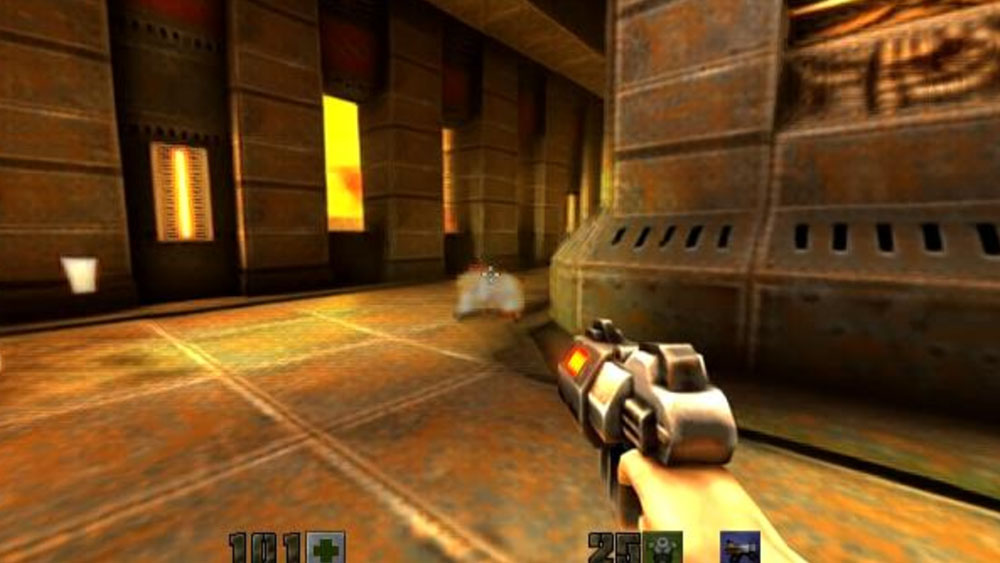Fans Lampoon Microsoft’s Unplayable AI Version of Quake II in Copilot

The Rise of AI in Video Game Development
Introduction to AI-Generated Gaming
The introduction of artificial intelligence (AI) in the realm of video games has generated significant discussion and debate. Microsoft, a major player in the gaming industry, is exploring this technology through various experiments. One of the most notable projects is an AI remake of the classic Quake II, which has sparked reactions from gamers and developers alike.
The AI Experiment: Quake II Remake
The AI-generated version of Quake II is part of Microsoft’s "Copilot Gaming Experience." This project utilizes their World and Human Action MaskGIT Model, commonly referred to as WHAMM. The idea behind this experiment is to showcase how AI can create an interactive gaming environment where every frame is generated in real time.
Features of the WHAMM Model
- Dynamic Gameplay: According to Microsoft, WHAMM is designed to produce "consistent and diverse gameplay sequences.”
- User Modifications: The model allows for user changes to be integrated into the gameplay.
- Real-Time Generation: Each frame is created on the fly, contributing to a potentially immersive experience.
Despite these promising features, many users claim the gameplay experience is not what they expected. Players have reported that while the game may initially seem like Quake II, it quickly loses functionality.
Gamer Reactions to the AI Remake
The gaming community’s response has been largely negative. Many fans of Quake II took to social media platforms like X (formerly Twitter) to express their dissatisfaction. They criticized the AI remake for lacking the essence of the original game. Comments from the community include:
- "Microsoft will literally do anything but develop real video games."
- "This is just a regurgitation of Quake II. It’s nothing more than a soulless imitation."
Concerns About AI-Generated Games
The criticism centers around the AI’s inability to create a consistent gaming experience. Players found that the game often experiences "hallucinations," where it abruptly changes environments or fails to provide a coherent playing experience. Observations from users include:
- "You can play Quake on a calculator. Why are you doing this in the most resource-intensive way possible?"
The Intent Behind the Project
Microsoft acknowledges that the AI version of Quake II is not meant as a final product. It is primarily a research initiative. The company aims to highlight the potential of AI in gaming and how it could evolve in the future. According to their blog, WHAMM aims to demonstrate capabilities that could empower game creators to develop innovative experiences.
Perspectives from Industry Experts
Some game developers, like those from Team Kill Media, express skepticism about relying entirely on AI for game development. They point out that while AI can aid productivity, the unique human touch—artistry, imagination, and direction—remains irreplaceable. Their stance is clear: the idea of fully AI-generated games lacks authenticity and creativity.
Accessing the AI Quake II Remake
Despite the mixed reviews, anyone interested can experience the AI-generated Quake II through the Copilot platform. Players can engage with this experimental game and form their own opinions on the effectiveness and potential of AI in gaming.
As this technology evolves, the gaming community continues to debate its implications. While some see promise in AI’s potential to revolutionize gaming, others warn against losing the artistic heart that gives games their character. The direction of AI in video game development remains a complex and evolving topic, inviting ongoing discussion and exploration.






